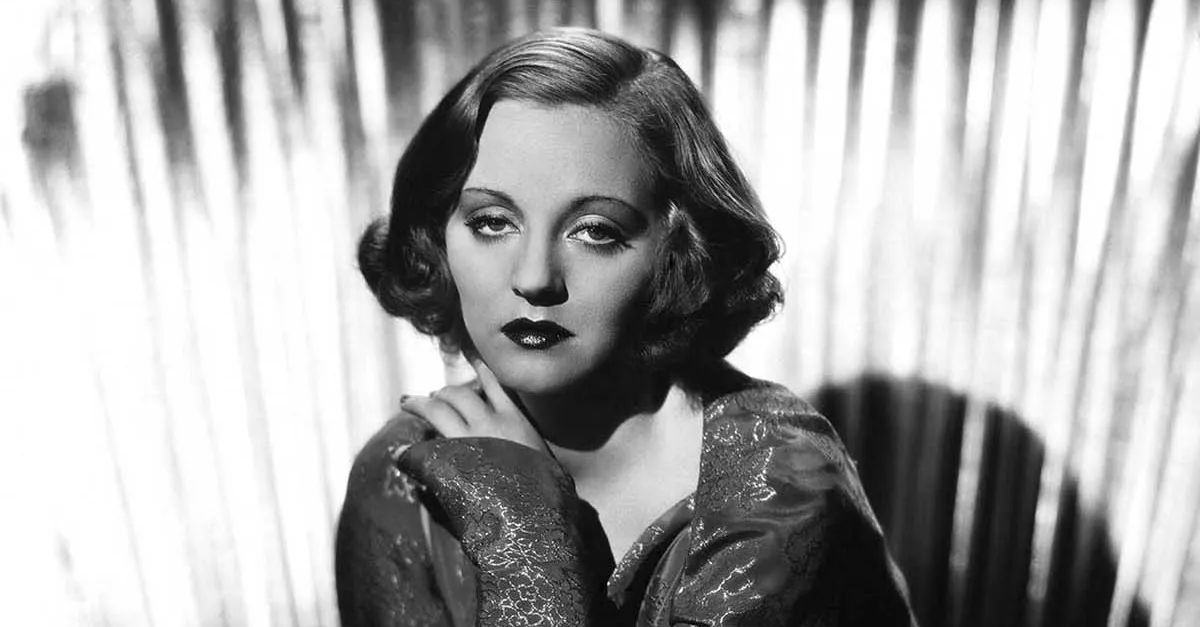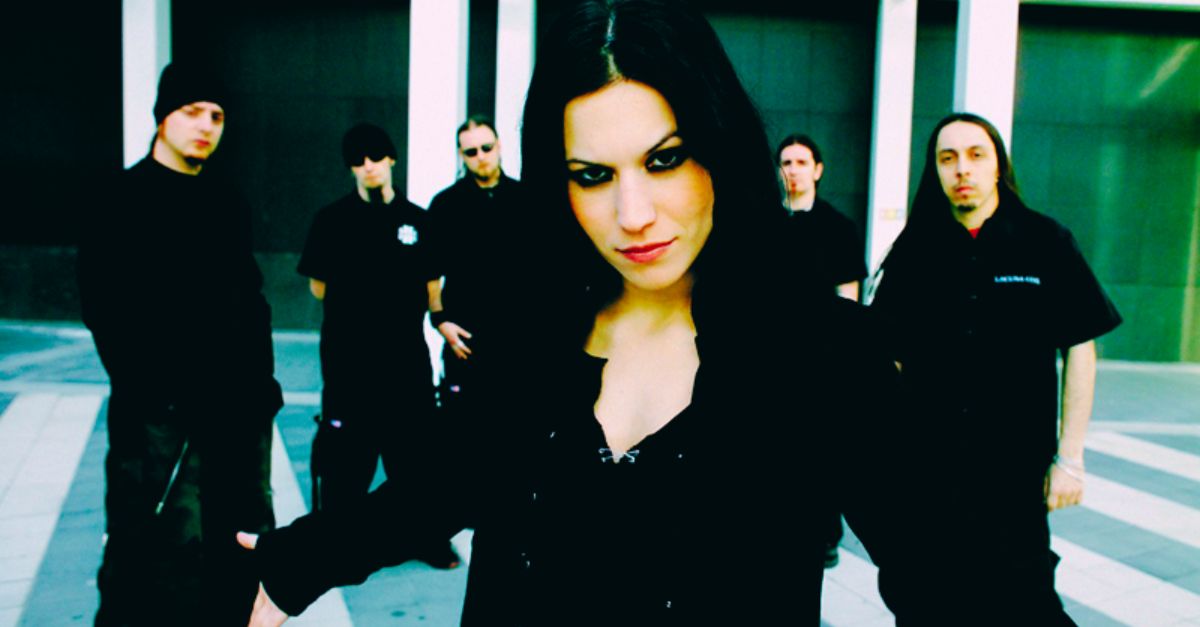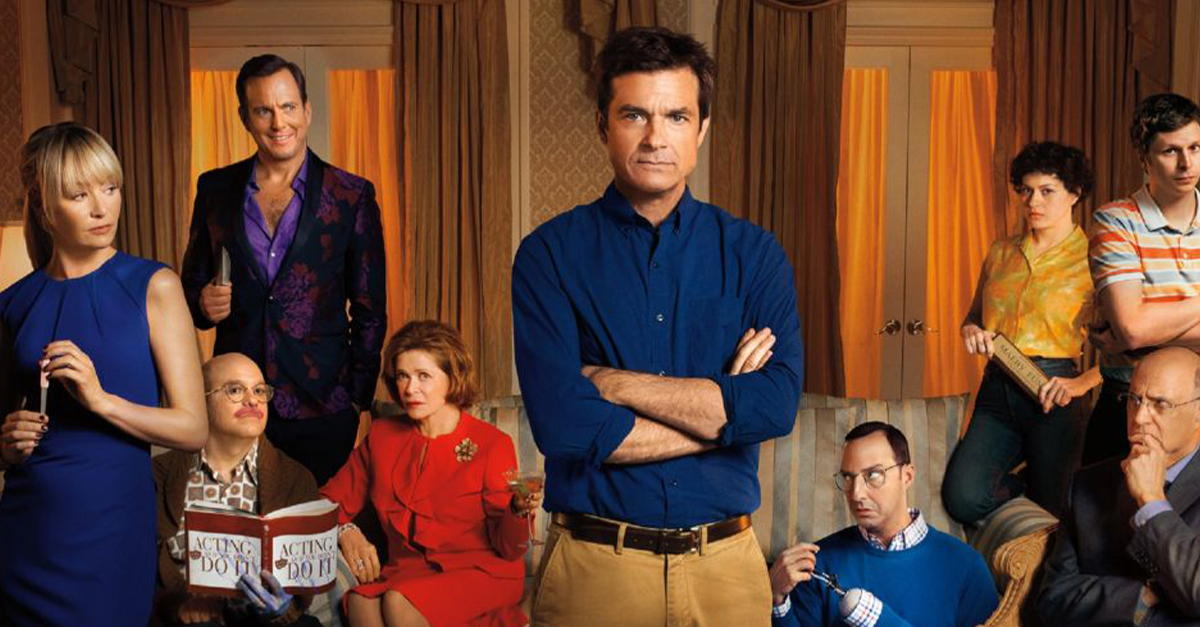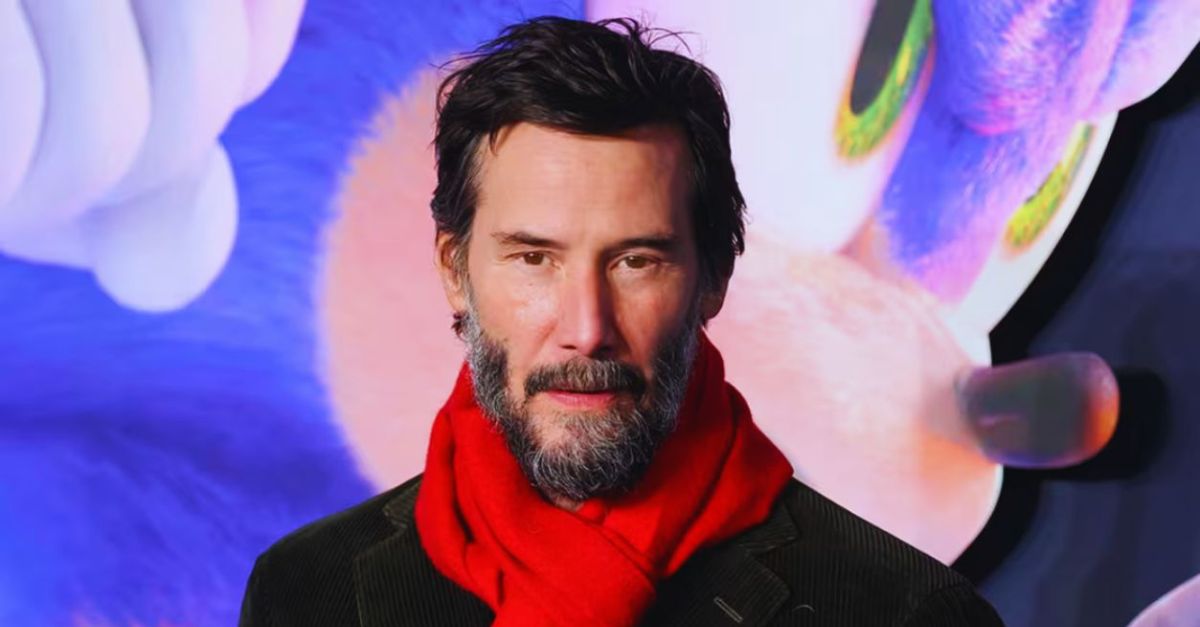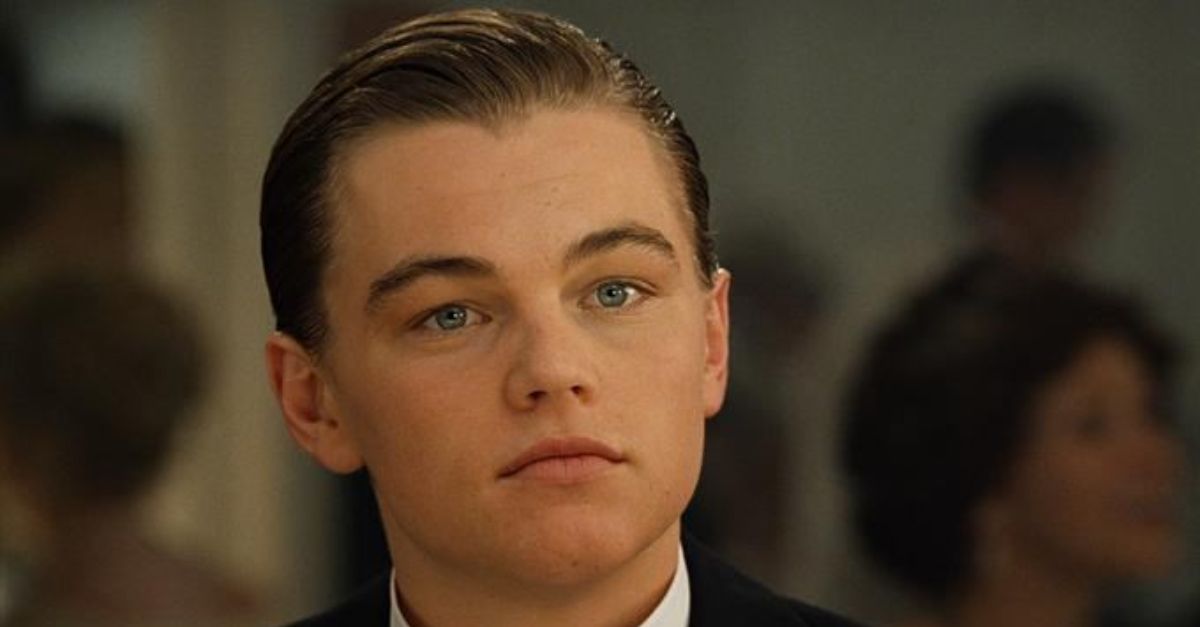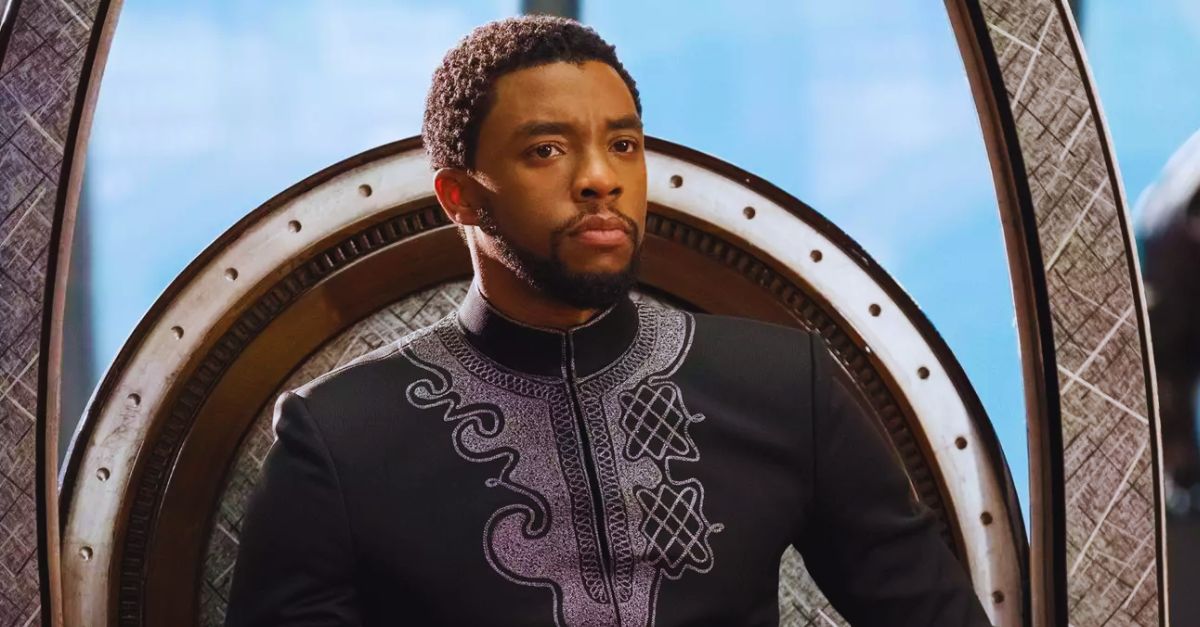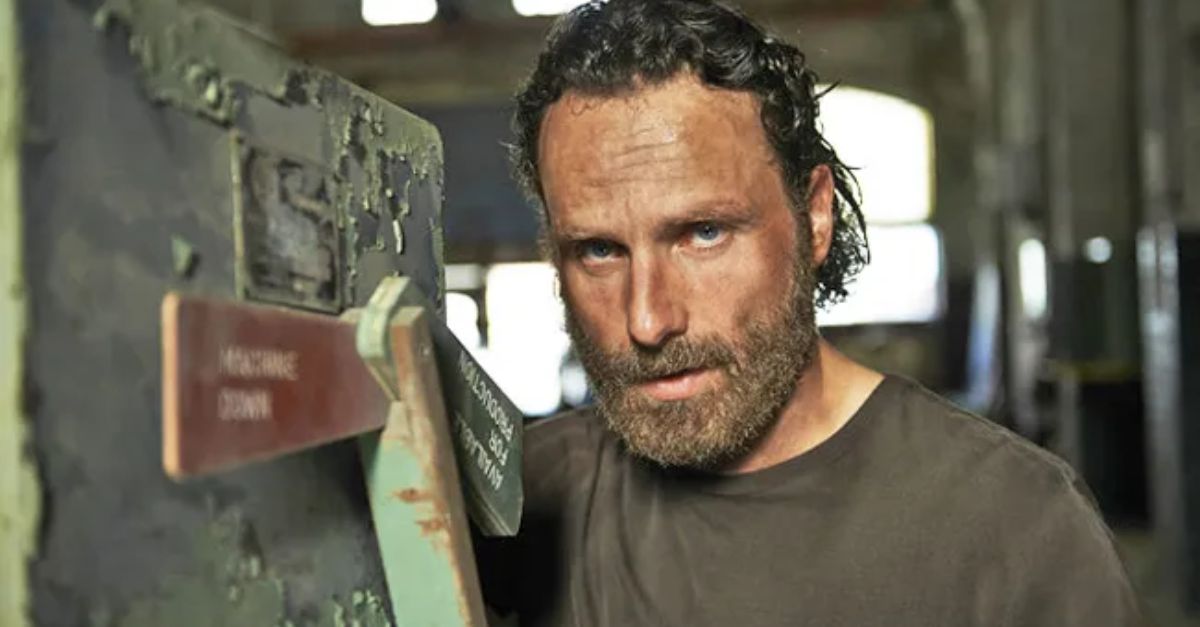Reality Meets Animation
Most villains hide a surprising backstory not just in the films, but in their creation. Artists leaned on unexpected muses, pulling traits from real people to give these Disney characters their unforgettable edge.

Tamatoa
The passing of David Bowie in 2016 sent millions of music lovers into mourning, including Lin-Manuel Miranda, co-writer of Moana's soundtrack. This grief turned into a glittering tribute when Miranda decided the villainous giant crab Tamatoa needed Bowie's signature rock flair.
 Walt Disney Studios Motion Pictures, Moana (2016)
Walt Disney Studios Motion Pictures, Moana (2016)
Tamatoa (Cont.)
When creating the song "Shiny" for the giant villainous decapod, Miranda decided a tribute to Bowie would be fitting for this glamorous character. The most striking homage lies in Tamatoa's eyes as the pupils are two different sizes, just like Bowie's were.
 Walt Disney Studios Motion Pictures, Moana (2016)
Walt Disney Studios Motion Pictures, Moana (2016)
Lady Tremaine
Eleanor Audley not only provided the voice for Lady Tremaine but also served as the live-action reference model, with animators Frank Thomas and Marc Davis designing the character's facial features and expressions to closely mirror Audley's own appearance. She was known for her intimidating demeanor.
 RKO Pictures, Cinderella (1950)
RKO Pictures, Cinderella (1950)
Governor Ratcliffe
The historical Captain John Ratcliffe was indeed a real figure from early American colonial history, serving as one of the leaders of the Jamestown settlement in Virginia around 1607–1609. Disney's version amplifies the worst stereotypes of colonial exploitation and greed that characterized many European expeditions to the New World.
 Walt Disney Pictures, Pocahontas (1995)
Walt Disney Pictures, Pocahontas (1995)
Scar
Jeremy Irons bagged the Academy Award for Best Actor as British socialite and accused murderer Claus von Bulow in Reversal of Fortune. Andreas Deja, a seasoned Disney character animator, started studying Irons' films and stills for inspiration when he was given the task of animating Scar.
 Warner Bros., Reversal of Fortune (1990)
Warner Bros., Reversal of Fortune (1990)
Scar (Cont.)
They incorporated facial expressions and mannerisms from Irons’s portrayal of von Bulow, including the way he inflected lines and his nuanced voice tones. The animators also used his facial features as a model for Scar’s character design, capturing movements such as Scar flicking his paw in disgust.
 Walt Disney Pictures, The Lion King (1994)
Walt Disney Pictures, The Lion King (1994)
King Candy
Alan Tudyk was asked if he could imitate Disney icon Ed Wynn when he played King Candy, the corrupt monarch of Sugar Rush in Wreck-It Ralph. Since Wynn never actually got to play a nasty man like that, the decision turned out to be hilariously ideal.
 Walt Disney Pictures, Wreck-It Ralph (2012)
Walt Disney Pictures, Wreck-It Ralph (2012)
Cruella De Vil
As the most outlandish socialite in Hollywood, Tallulah Bankhead was the exact muse for the most stylish villain in animation. Despite being an exaggeration, Bankhead, who was well-known for her wild antics, fur coats, and careless driving, became the model for Cruella.
 Photo by Vandamm, New York, Wikimedia Commons
Photo by Vandamm, New York, Wikimedia Commons
Cruella De Vil (Cont.)
When legendary Disney animator Marc Davis sought inspiration, he had several partial models in mind, including Tallulah and one woman he knew who was a monster: tall, thin, and who talked constantly. Bankhead's thin physique, high arched eyebrows, and chain-smoking habit became distinctive characteristics of Cruella.
 Walt Disney Studios Motion Pictures, 101 dalmatians (1961)
Walt Disney Studios Motion Pictures, 101 dalmatians (1961)
Prince John
Among Disney's most cowardly antagonists, Prince John represents one of history's most reviled monarchs brought to animated life. He is based on the real-life King John of England, who took over from 1199 to 1216 and became famous for his tyrannical reign and conflicts with his barons.
 Buena Vista Distribution, Robin Hood (1973)
Buena Vista Distribution, Robin Hood (1973)
Prince John (Cont.)
The historical John was forced to sign the Magna Carta in 1215, limiting royal power after years of oppressive rule that bankrupted England through heavy taxation and military failures. He is a cowardly and immature lion who assumes the crown and becomes somewhat of an oppressive dictator.
 Buena Vista Distribution, Robin Hood (1973)
Buena Vista Distribution, Robin Hood (1973)
Dr Facilier
Disney animators drew inspiration from Michael Jackson's smooth dance style for the villain's musical numbers, and they also modeled the character's long, lean figure after Jackson. Beyond the physical inspiration, the strong resemblance between the two is evident in the choreography Dr Facilier's character performs throughout the film.
 Walt Disney Pictures, The Princess and the Frog (2009)
Walt Disney Pictures, The Princess and the Frog (2009)
Ursula
What happens when Disney needs a villain who's fabulous, fierce, and utterly unforgettable? They turn to drag royalty for inspiration. Howard Ashman, co-producer and co-lyricist for The Little Mermaid, referred to the same Baltimore scene in which drag queen, singer, and star Divine rose to fame.
 Walt Disney Pictures, The Little Mermaid (1989)
Walt Disney Pictures, The Little Mermaid (1989)
Ursula (Cont.)
Divine was a well-known American drag queen and performer who went by the name Harris Glenn Milstead. His performances and presentations played a significant role in forming the villain's characteristics, gorgeous appearance, and disposition. Divine tragically died before the production was finished.
 Walt Disney Pictures, The Little Mermaid (1989)
Walt Disney Pictures, The Little Mermaid (1989)
Gaston
Behind every great villain lies a perfect voice match, but Gaston represents something unique in animation history. Richard White, as Gaston, a narcissistic hunter obsessed with marrying Belle, brought both vocal power and physical inspiration to Beauty and the Beast's antagonist.
 Walt Disney Pictures, Beauty and the Beast (1991)
Walt Disney Pictures, Beauty and the Beast (1991)
Captain Hook
Theatrical tradition runs deep in Disney's interpretation of JM Barrie's infamous pirate captain. According to Disney Archives, the inspiration for Hook's signature style is a combination of the two men who brought him to life: Hans Conried, who voiced the sea captain, and Frank Thomas.
 CBS Television, Wikimedia Commons
CBS Television, Wikimedia Commons
Captain Hook (Cont.)
The connection goes deeper than just voice work. Conried's theatrical background and distinctive facial features became integral to Hook's animated persona. Additionally, similarities between Captain Hook and Frank Thomas, the animator who drew him, have also been mentioned. This resemblance is noted in Hook's facial structure and expressive movements.
 RKO Pictures, Peter Pan (1953)
RKO Pictures, Peter Pan (1953)
Shan Yu
The vast steppes of ancient Asia produced some of history's most formidable warriors, and Disney's Mulan draws from this rich heritage for its primary antagonist. It is possible that Shan Yu and his Hun army are Xiongnu people, given the surroundings and their origin.
 Walt Disney Pictures, Mulan (1998)
Walt Disney Pictures, Mulan (1998)
Shan Yu (Cont.)
Shan Yu's name lends even more credence to this, since the Xiongnu leaders were referred to as "Shanyu" or "Chanyu," just like a Mongol leader would be called “Khan”. He is also inspired by Modu Chanyu and Genghis Khan. The character represents a composite of the nomadic warrior culture.
Maleficent
Evil incarnate found its earthly vessel in the form of a distinguished Broadway actress. Before lending her voice to two of Disney's most heinous villains, Lady Tremaine in Cinderella and Maleficent in Sleeping Beauty, actress Eleanor Audley was a Broadway star and radio actor.
 TV episode screenshot (CBS), Wikimedia Commons
TV episode screenshot (CBS), Wikimedia Commons
Maleficent (Cont.)
The lead animator for Maleficent, Marc Davis, worked closely with Eleanor as he wanted to model the facial elements after her. According to Andreas Deja's blog, Audley had once told him that the Disney studios held a private screening of Sleeping Beauty just for her.
 Walt Disney Pictures, Sleeping beauty (1959)
Walt Disney Pictures, Sleeping beauty (1959)
Madame Leota
Madame Leota, the iconic floating head in The Haunted Mansion attraction, is directly modeled on a real person: Disney Imagineer Leota Toombs Thomas. Her facial features were captured in a life mask. The famous crystal ball head came to be named Madame Leota in appreciation of Toombs' assistance.
 Walt Disney Pictures,The Haunted Mansion (2003)
Walt Disney Pictures,The Haunted Mansion (2003)
Judge Claude Frollo
In The Hunchback of Notre Dame, this figure is the main antagonist, portrayed as a ruthless, fanatically religious Minister of Justice in Paris. He is based on Archdeacon Claude Frollo from Victor Hugo's 1831 novel, but the Disney version reimagines him as a judge.
 Walt Disney Pictures, The Hunchback of Notre Dame (1996)
Walt Disney Pictures, The Hunchback of Notre Dame (1996)
Judge Claude Frollo (Cont.)
This was done to avoid religious controversy. His character mirrors fanaticism, hypocrisy, and cruelty, with a particular hatred toward the Romani people, whom he tries to persecute. Frollo adopted Quasimodo, raised him with cruelty, and became obsessed with Esmeralda, the Romani dancer.
 Walt Disney Pictures, The Hunchback of Notre Dame (1996)
Walt Disney Pictures, The Hunchback of Notre Dame (1996)

